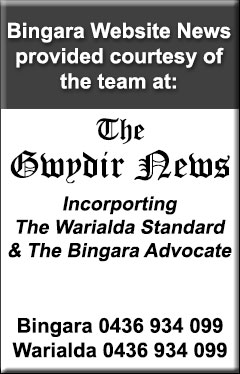The Sustainable Rivers Audit (SRA) is an initiative of the Murray-Darling Basin Commission, supported by the governments of the five Basin states and territory and the Australian Government.
Its first report, released in June 2008, presents “report cards” on river ecosystem health for each of the 23 valleys in the Basin. The reports are based on observations of fish, macroinvertebrates and hydrology from 2004 to 2007.
Of the 23 valleys only the Paroo in Queensland received a Good report. The Border Rivers in northern NSW received a Medium, and the Gwydir Valley, Poor. All the other valleys were rated as Poor, Very Poor or Extremely Poor. The Murrumbidgee River in NSW and the Goulburn River in Victoria were rated worst.
How the audit works (Summarised from the Report)
The audit gathers quantitative information on environmental indicators in valleys throughout the Basin. The indicators provide “windows” on particular components of the river eco¬systems, and are grouped in the following themes:
• fish;
• macroinvertebrates (insects, lavae, molluscs etc); and
• hydrology. (the quality, distribution and effects of water)
Within each Valley there are one to four zones, defined in most cases by altitude. Sampling sites are located randomly within zones, to enable unbiased reporting.
The indicators are combined to form measures of “condition” for each theme, and theme condition ratings are combined to assess ecosystem health. Condition assessments for each valley are related to a benchmark called the “reference condition”.
This estimates the status of a component (for example, the fish community) as it would be if there had not been any significant human intervention in the landscape. Reference condition is a benchmark representing the river ecosystem in good health, but is not a target for management.
Condition is rated on a five-point scale from good to moderate, poor, very poor to extremely poor, depending on how different the theme components are from their respective benchmarks. The same scale is applied to ecosystem health.
Specific data from the Gwydir Valley Report included….
Twenty-eight sites were surveyed. The Lowland Zone (downstream from Moree) was rated POOR. The Slopes Zone (the Gwydir River below Keera, the Horton River, and the lower parts of the other tributaries) was rated POOR. The Upland Zone (the Gwydir River below Copeton Dam plus the upper tributaries into the Gwydir) was rated VERY POOR, and the Montane Zone (Upstream of Copeton Dam) was rated VERY POOR.
Eleven of the 15 expected native fish were recorded, but were only one quarter of the total catch, and one third of the biomass. Six alien fish varieties were recorded. Fresh water catfish, Golden Perch (yellowbelly), and Murray Cod were recorded but Murray-Darling rainbowfish and Freshwater Catfish were not found in Zones where they were expected to be common. Gambusia and Redfin Perch were extremely abundant, with moderate numbers of Common Carp and Goldfish.
Macroinvertebrates were recorded as POOR throughout the Gwydir valley Zones. Hydrology was rated as Moderate to Good overall. The variability of flows was noted to be very high. This was especially the case on the Lowland Zone where "opportunistic diversions of high flows” was noted.
Two more themes, vegetation and physical form, will be added to the next report, due in 2011. Future reports will also describe trends, showing how river ecosystem health changes from one Audit to the next, and over longer periods of time.
Gwydir Shire residents always have rated the Gwydir River and its tributaries as being of high value to their community health and their future prospects. This report would suggest that we have a lot to do to ensure the future value of our rivers and streams.
Summarised by Rick Hutton – Secretary and Publicity Officer.



